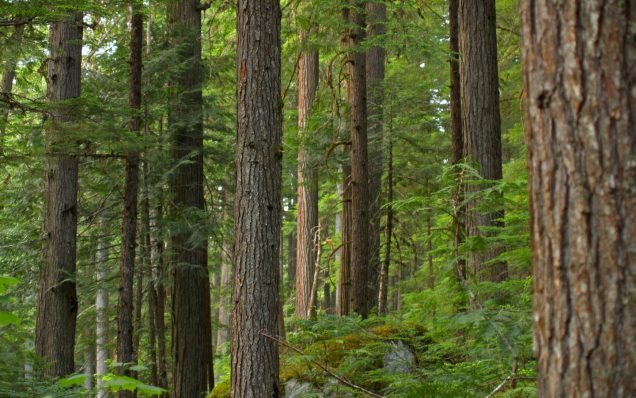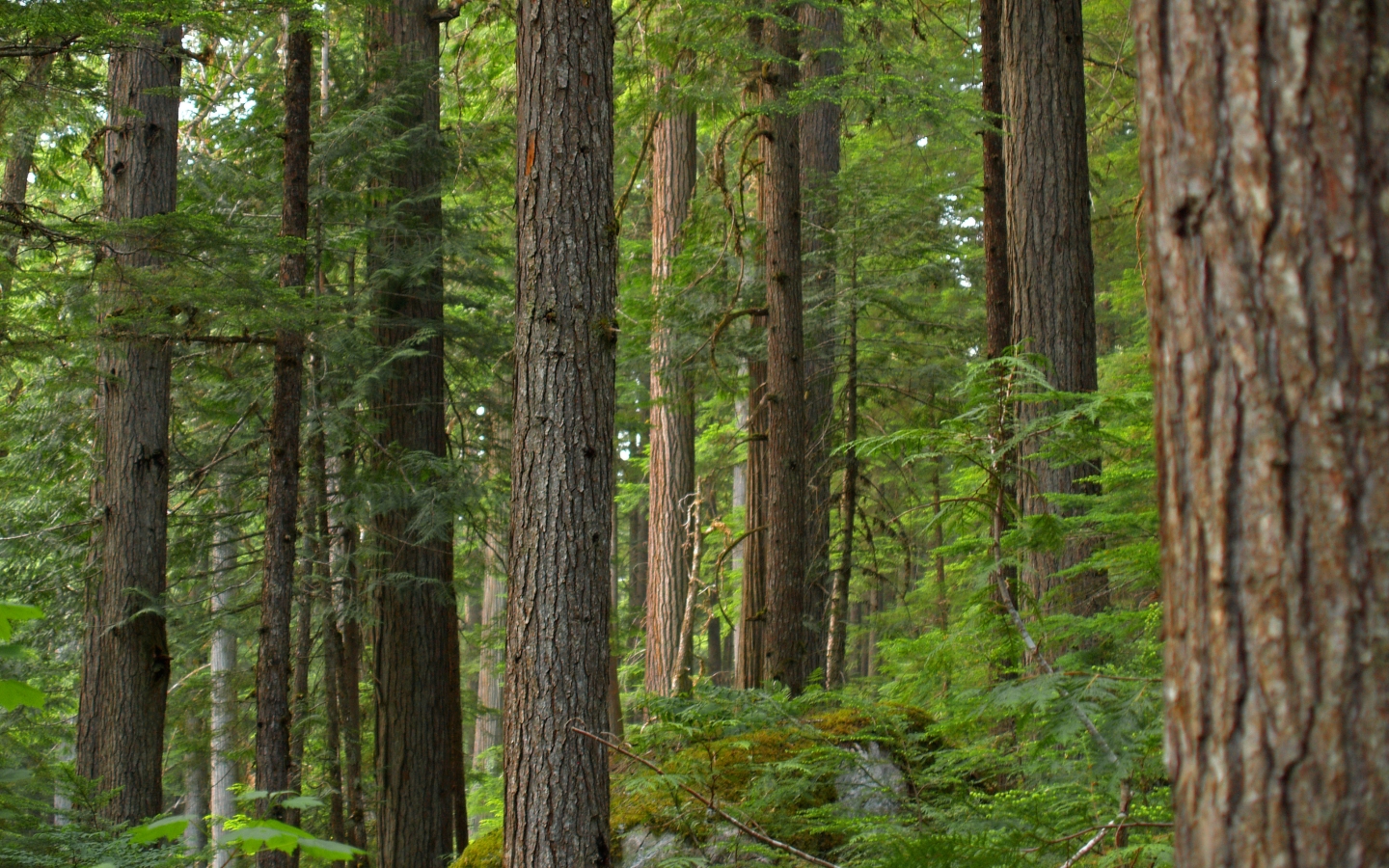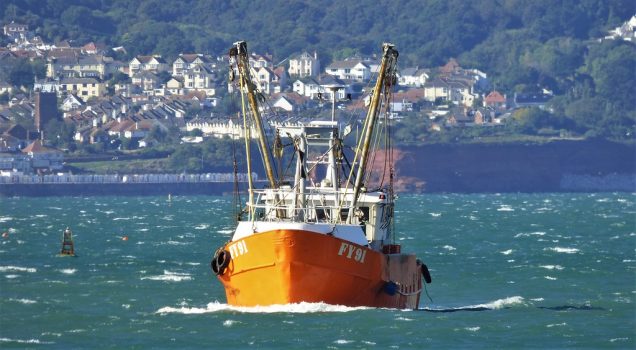In large parts of Yorkshire, chances are that the electricity you use was generated using wood from Virginia, Georgia and other southern states of the USA.
This is because Drax power station, the largest in the country, has switched from coal to wood for two (soon three) of its six furnaces. This is both for economic and environmental reasons, hoping to reduce net carbon emissions. Wood grows again, absorbing CO2, whereas coal doesn’t.
But questions have emerged as to whether it really does have a beneficial effect and whether net CO2 emissions are really reduced.
This is a calculation that depends in no small part on how sustainably the forests that the wood comes from are managed and how the wood is harvested and processed into the wood pellets used for the furnaces. So I went to see for myself.
Before leaving, I had already met Non-Governmental Organisations (NGOs) critical of the process, visited Drax, seen the new port facilities in Hull where the wood pellets are unloaded, and read a number research papers, both critical and supportive. Over there, I visited forest owners, lumber companies, a sawmill, a pellet mill that supplies Drax, and a tree nursery. I met federal and state forestry authorities, certification bodies, sustainability officers and researchers.
One crucial calculation is about how fast trees grow again after they are harvested (and indeed that they are re-grown rather than the land being switched to other uses). It was therefore good to learn that forests are growing in the South-eastern USA 60% faster than the total loss of wood to harvesting, fire, insects, disease and urban growth combined. One factor is that if the value of forests goes up because of increased demand for wood that provides an incentive to replant (rather than switch to another use) and even to extend forests.
In this context it is important to remember that the large majority of forests in South-eastern USA are not wilderness forests, but managed forests that have been regularly harvested over the last three centuries. That does not necessarily mean rigid plantations with monoculture trees planted in regimented rows, as most of the forests are owned by small scale landowners, often farmers with a proportion of their land forested. I met a number of them. Their land use is motivated by several factors, including aesthetics, avoiding erosion and providing a habitat for game, but a financial return on the wood itself is a factor, even though it may only be (partially) harvested once in a generation.
Some of them previously supplied wood to mills for pulp for producing paper. The decline of this sector over the past decades means there is a risk of there being no market for that kind of low grade wood, and the new wood pellet outlet is therefore important, even if it currently represents only 3% of the market share of timber product output.
However, even if harvested forests are being replaced, some studies (such as by the Natural Resources Defence Council) conclude that there will be a net CO2 reduction only after four or five decades, as the wood is burned immediately but new trees take time to grow (“carbon debt”).
But those calculations make a number of assumptions. For instance, they don’t take account of the incentive to plant new forests because of the higher prospective return, which would lead to higher sequestration rates. They also assume that whole trees (including the high-carbon trunks) are being used for making the wood pellets, and that these would otherwise be used in a way that did not rapidly emit CO2, for instance by using them in buildings or for furniture.
My visit showed me that a large proportion of the wood used for pellets is from branches, tops and other low value parts of the tree, along with sawdust from mills and chippings – material left over from trees being harvested for use in construction, furniture, planks and so on. It is this residue from trees being harvested for these other reasons that forms the bulk of the wood pellets. And this low value residue would otherwise just often just be left to decay (or be burned), thereby emitting CO2 without producing any usable energy. For a landowner to successfully replant and regenerate their forest, the best silvicultural option is often to remove all trees from the site and start fresh with seedlings, meaning the lower value residuals need to go somewhere while the higher value sawtimber goes to the sawmill.
When whole trees are used, it is where they are unusable for making planks or furniture or building material, because they are diseased, bent or too small (e.g. small trees from when a forest is thinned to give more space for other trees to grow). This distinction is important: forest owners and loggers get a better return on usable solid wood and will not want it to go to pellets, for which they get a lower price, if they can avoid it. They have an incentive to avoid wood usable for other purposes going to wood pellets.
This means that pellets are sourced primarily from wood that would otherwise be left to rot or be burned, or used for low value and short life wood products, emitting CO2 anyway. There is no net increase in emissions from burning this type of wood in a power plant.
Even so, the pellet company Enviva, which I visited, (and which has more trees within 75 miles of it than there are trees in the whole UK!) refuses to take wood from lumber companies if it comes from a forest that is not being re-planted – even if it has been cut down already and the residue wood is there. It also won’t take wood from environmentally sensitive areas. It claims 100% traceability of its sourcing and says that they are, paradoxically, more rigorous in their fibre sourcing than purchasers of higher value wood.
As the use of wood for construction is likely to rise with new technologies like cross lamination (I was also able to visit the Timber City exhibition currently on in Washington), which from an environmental point of view sequesters carbon for many years while already using far less energy than concrete or steel during construction, there will be greater demand for wood, but correspondingly more leftover residuals. It makes sense to use that leftover, and biomass energy generation replacing fossil fuels seems a good solution. The overall demand for wood, though, will be driven more by the construction and furniture industries. Its sustainability will need good forest management.
How well managed are they in the South-eastern USA? The area is characterised by having forests that are privately owned (86 %) in multiple holdings (66% of private lands are non-industrial, i.e. family farms). Certification of the quality of forest management for individual farms is rare: after all, if an owner only has a few acres of trees on his farm, likely to be harvested once in his lifetime, he won’t be paying out for a certification process. The quality control on forestry operations passes via the requirements and expectations laid down on mills and in turn the loggers working in the woods. In addition, many owners get guidance from State agencies or consulting foresters on how much should be cut, of what species, and in what way to meet landowner objectives in a way that is also sustainable for the forest. They are receptive to such advice, because it is in their interests too, and the various public authorities seem satisfied that it works. All states have Best Management Practices laying down standards for harvesting, site preparation, and water protection, with a 92% implementation rate according to the Southern Group of State Foresters. Training and certification for loggers is also provided. In Virginia where I visited, landowners have to notify the state agency of any planned harvesting, which the state inspects (some 5,500 inspections each year). The Southern Group of State Foresters is confident that, in practice, the system works well.
But what if, in response to a big rise in wood prices or a fall in income from other sources, there was a surge in the volumes being cut down, reversing the decades-long trend to increased wood volume? There is no general legislation allowing public authorities to limit felling in the wider environmental interest; however, there is legislation in place at the federal level on protecting water, on endangered species and environmental planning. The first two address particular issues, while the last applies only to publicly owned forest land. National planning laws for private forests are non-existent, as land use planning and zoning is a local (county) competence in most States. It appears that none of this would be able to address through regulation an overall decline in forests.
Fortunately, we are a long way from that situation. Forest wood stocks in the US as a whole have grown over the last 60 years by 30% for softwood and a remarkable 131% for hardwood, according to US Forest Inventory and Analysis data (from the federal Department of Agriculture Forest Service). In the Southeast, it is by 60% and 80% respectively over a 50 year period. But should this trend come to an end or be reversed, the US may feel compelled to regulate more than it does at present. If it does, it is likely to focus more on the main threat to forests: deforestation from urbanisation.
In the meantime, we can rest assured that the Drax biomass fuel comes from sustainable forests and is contributing to a net reduction in CO2 emissions. This is unlikely to change even if the share of the wood harvest that goes to make pellets and other wood energy products (currently 3% in the southeast) rises. And, in any case the UK sets binding sustainability criteria for biomass which all UK power companies have to prove they follow, wherever in the world their wood comes from.







5 Comments